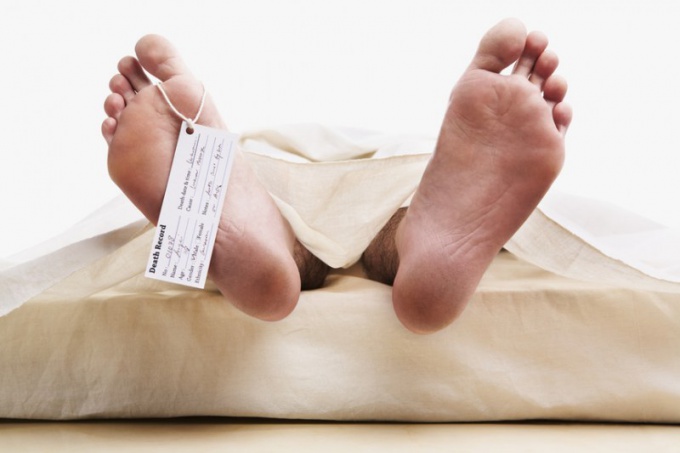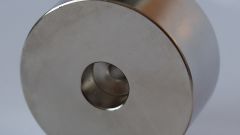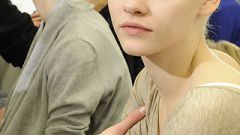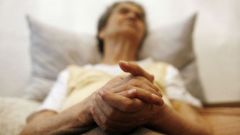Early changes
Cooling of the corpse is due to the cessation of metabolism inside the body. The corpse gradually cools down to room temperature. The rate of cooling depends on the temperature of the air, water and other environmental factors like wind, humidity and so on. Role playing and wearing clothes, body fatness and the cause of death. Considering all these factors, experienced investigators can determine how long the corpse had lain after death.
The second early change is a lividity that result from the redistribution of blood after death. After death the blood stops moving through the vessels slowly and descends in the lower part of the body under its weight. In addition, the blood ceases to be enough oxygen, causing its blackening, but as it is in the vessels located under the skin, the body is blue, although really should duck.
Rigor Mortis is also an early stage after death. After death the muscles of body are of particular biological processes. First the muscles relax, and after a few hours again shrink and harden. Full rigor takes place in about a day and after 3-4 days there is a complete relaxation. On rigor Mortis, it is also possible to determine time of death because it starts 3-4 hours after death.
After death the body begins to lose water and dehydrate. After a few hours, the skin becomes dry. Primarily dry or moist Horny parts of the skin.
At the same time start the process of autodigestion. Under the influence of enzymes of the stomach, intestines, pancreas is the autolysis of the organs. They become flaccid, dull and painted in the color of blood plasma.
Late cadaveric changes
These include putrefaction, mummification, adipocere, tanning, destruction of the corpse by animals and insects. First, there is always decay, but it can happen under the influence of the environment. If the corpse dries, it modificeres, and does not rot.
If a corpse falls in wet, clayey and muddy environment, he goes into a state of adipocere, i.e., saponification. Increased fat content in the tissues of the corpse contributes to this process.
Peat tanning takes place in a swampy or peaty soil. The skin dubitsa, the bones become soft and easily cut with a knife.
And the corpse may become the subject of food insects or animals. In the warm season after a couple of hours can be seen in the nasal holes and other secret places, eggs of flies, which on the second day will become larvae and begin to eat tissues of the body.






